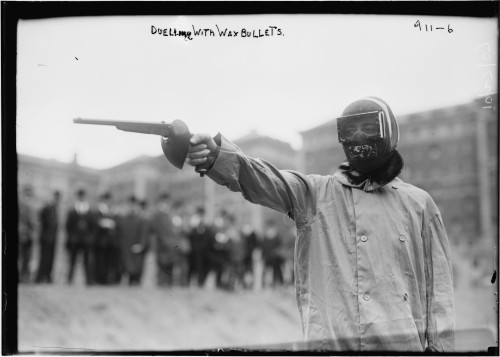Nursery owner Flora Grubb shares the 10 most common mistakes made while shopping at the garden nursery and how to avoid them.

1. MISTAKE: shopping for just flowers, and not foliage.
SOLUTION: "I often tell my customers that every flowering plant is
beautiful at its prime - full of lush, abundant blooms," says Flora.
"But then I'll ask, 'How does it look for the rest of the year?'" Before
you buy, consider the plant's leaves and structure. Include specimens
with spectacular foliage, like the annual coleus, the shrub cotinus, or
decorative grasses to help keep beds interesting when flowers are not at
peak.

2. MISTAKE: Buying insufficient amounts of a single variety.
SOLUTION: "Taking home only one or two pots of a particular specimen is a
surefire way to make your garden look hodgepodge," says Flora.
Depending on the size of the pot and the type of plant, she suggests
buying at least three containers (though six or more of a species is
preferred) for a unified, well-designed look.

3. MISTAKE: Purchasing unhealthy or diseased plants.
SOLUTION: Leaves can tell you a lot about the health of the plant. Avoid
picking specimens with brown, yellow, or wilted leaves, which could
signify poor health (left) or neglect. Also inspect the foliage for
insect damage like aphids (little green bugs), scale (translucent bumps
or blisters), and spider mites (webs). You don't want to spread pests
throughout your garden. Instead, go for plants with lush, perky,
vibrant-looking foliage.

4. MISTAKE: Choosing flowers in full bloom.
SOLUTION: "Don't be seduced by pots with abundant flowers," says Flora.
Instead, look for healthy foliage and plump buds. Let the plants peak in
the ground at your home, rather than in pots at the nursery.

5. MISTAKE: Picking plants with poor root systems.
SOLUTION: Steer clear of anything that is root-bound (you'll notice a
mass of roots coming out of the bottom of the container), because
tangled roots can suffocate and rob the plant of its nutrients. Also
leave those with underdeveloped roots (ask a nursery employee to check)
to mature longer at the nursery.

6. MISTAKE: Ignoring the labels.
SOLUTION: The plastic tags sticking out of nursery pots contain vital
plant information. In addition to water and light requirements - and
bloom times, if applicable - they describe how large a plant will get.
While it may seem obvious, mistakes like planting a tall perennial in
the front of a border or tucking a dwarf variety toward the back of a
bed are very common.

7. MISTAKE: Not knowing the dimensions of your garden.
SOLUTION: Flora recommends bringing a photograph of the bed you are
shopping for and the measurements of the space to the nursery, so that
employees can help you buy the right number of plants, choose the
correct size, and find colors that go well together.

8. MISTAKE: Failing to determine a color scheme.
"All colors can be beautiful, but not all colors can be beautiful
together," notes Flora. When you're shopping for plants, don't think of
each one separately; instead, consider the plant as part of an ensemble
cast. "Gardens look best with a specified color scheme. Pick one you
like and stick to it!" recommends Flora. "If you love cool colors like
blues and purples, but also want a hot palette of oranges and yellows,
put them in different beds."

9. MISTAKE: Waiting too long to put pots in the ground.
SOLUTION: Try to place plants in the ground as soon as you bring them
home. To help you figure out where they should go, set the pots out in
the beds where you'd like to see them positioned, and then move them
around to suit your design. If you have to delay planting, keep them in a
shady or partly shady area where they won't dry out and put them in the
ground as soon as you can. Don't leave pots in the hot sun where
they'll dry out.

10. MISTAKE: Trying to do it all yourself.
SOLUTION: "Ask a lot of questions of nursery staffers. Don't go it
alone," advises Flora. She recommends seeking out a local nursery with a
knowledgeable crew who is passionate about plants. These establishments
are often more adept at knowing what grows best in your region than the
big-box stores.


 A
young man hired by a supermarket reported for his first day of work.
The manager greeted him with a warm handshake and a smile, gave him a
broom and said, "Your first job will be to sweep out the store."
A
young man hired by a supermarket reported for his first day of work.
The manager greeted him with a warm handshake and a smile, gave him a
broom and said, "Your first job will be to sweep out the store."




